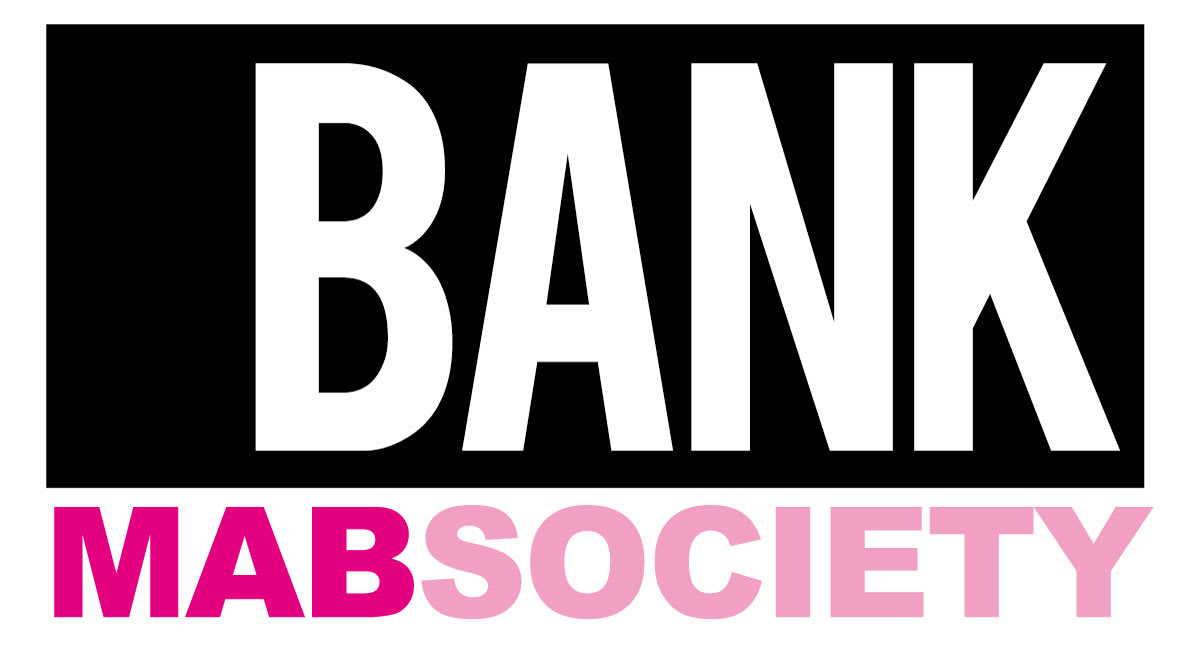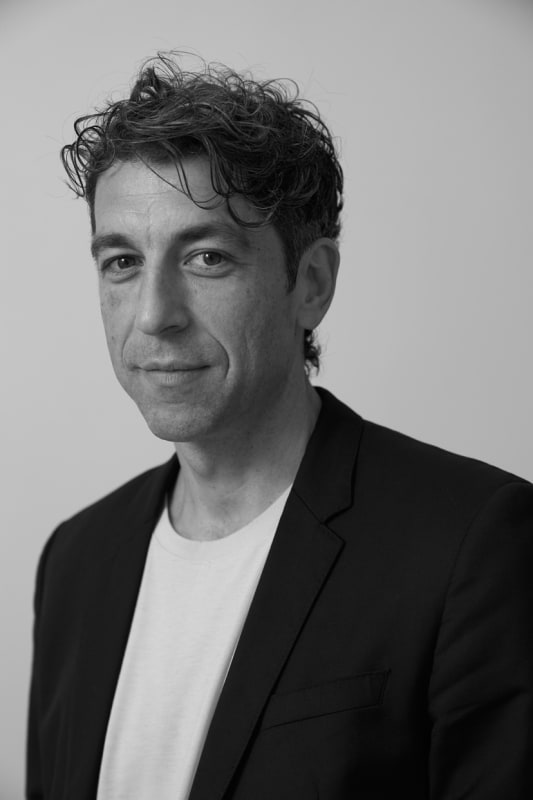Founder Mathieu Borysevicz tells Observer that the endeavor is his way of promoting diplomacy—creating space for cross-cultural dialog and giving artists from mainland China visibility in the States.
-
Undeterred by tariffs, widespread gallery closures and a still-fragile market showing only the first signs of recovery, Shanghai-born BANK Gallery is preparing to test U.S. waters with a pilot space in New York. From March 21 through August, the gallery will occupy a two-story space at 127 Elizabeth Street in Nolita—a former Ukrainian church turned gallery. The building has been home to seasoned dealer Nathalie Karg since she moved there three years ago, but with Karg now taking a hiatus and needing to remain in Europe for personal reasons, the opportunity arose for BANK to establish a temporary presence in New York without committing to a full-time lease.
Borysevicz had been considering opening in New York for some time, and this temporary space serves as a way to solidify and expand the gallery’s existing relationships with U.S. collectors and institutions they’ve been engaged with for years. It also provides a platform to introduce BANK’s roster to an American audience—especially artists from mainland China who have never exhibited in the States, Chinese diasporic artists and international figures whose work has debuted in Shanghai under BANK’s program.
Since its founding in 2013, BANK has served as a conduit for cultural exchange between China and the U.S., becoming one of the first galleries in Shanghai to exhibit contemporary American artists. Its inaugural show in China featured Paul McCarthy, Roxy Paine, Zhang Enli and Howard Hodgkin—setting the tone for its cross-cultural mission.
Borysevicz, who was born and raised in Queens, has spent more than two decades living between China and the U.S. His journey began with what was meant to be a short-term project following his graduation from SVA. “When I graduated, it was all about post-modernity and cultural studies, and China seemed like an interesting kind of focus through that lens. I went with this idea to do a research-based project and ended up staying,” he tells Observer. “After six months, I was just scratching the surface, and China was super magnetic, being at the time in its moment of full change.”
Originally arriving as an artist, Borysevicz soon found himself immersed in film and television, becoming the Chinese-American producer for ZDF German Television. Even after returning to New York four and a half years later, he remained closely connected to China, working with Chinese artists in the city and frequently traveling back for film projects. “It was as if I had never left.”
In 2007, Borysevicz returned to China, this time settling in Shanghai, where he built a career as an artist, curator and writer, and played a key role in launching Artforum’s Chinese edition. It was the early 2000s, a period of rapid expansion in China’s art market, but at the time, he had no interest in the commercial side. “I just couldn’t see the commune of art and commerce as a good thing,” he recalls.
Then life shifted, bringing new responsibilities. Borysevicz curated a show at the Shanghai Gallery of Art, which led to an unexpected job offer as its director. “I went to the other side, and I was selling art, and it was great,” he says.
Still, the commercial art world never felt like the right fit. When he founded BANK—formerly known as MAB Society, named for his initials—Borysevicz conceived it as a curatorial space and art consultancy firm. In the beginning, they didn’t even have a gallery. “We just had an office space on the 25th floor. Still, I always thought it would have been nice to have a little room to incubate some exhibition projects or a showroom.” That opportunity came when Borysevicz was introduced to a mostly destroyed and dilapidated former bank—the building that would later lend its name to the gallery. “It was charming but dilapidated, and quite loaded, embedding different moments of China’s history in its architectural features.”


